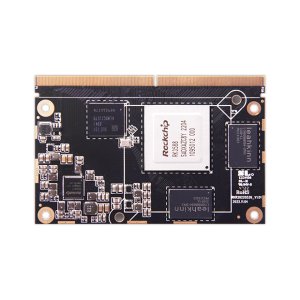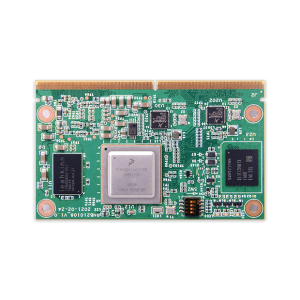System on Modules: Transforming How We Build Embedded Systems
System on Modules: Transforming How We Build Embedded Systems
Blog Article
When planning complex electronic methods, choosing the right pc module (SoM) may make or break your project's success. A Program on Module is really a small enterprise table housing essential parts such as the model, memory, and energy management. Their modular nature simplifies design workflows, enabling faster solution growth while lowering complexity. But with a wide variety of solutions, how will you pick the right choice? Below, we examine crucial facets to consider.

Determine Your Task Needs
Before considering possibilities, it's vital to outline your project's specific needs. What operates should the ultimate item perform? Consider the sort of model expected, the total amount of memory, and the number of interfaces like USB, Ethernet, or PCIe needed. As an example, if your task targets high-performance computing, an SoM with a powerful multi-core processor (e.g., NXP i.MX line or NVIDIA Jetson Nano) might be ideal. Alternatively, for IoT applications, focus on lower energy consumption and integrated wireless connectivity features.
Consider Running Power and Ability
The main running product (CPU) of the element dictates its performance. Choices range from energy-efficient ARM processors for lightweight or IoT products to advanced x86 processors for AI workloads. Look at the computational demands of one's application. For jobs involving edge AI tasks like movie analytics, an element such as the NVIDIA Jetson Xavier NX with GPU speed could be critical. For less intense workloads, ARM Cortex processors might suffice.
Factor in Scalability and Endurance
Technology is continually evolving. To future-proof your challenge, pick an SoM with scalability in both equipment and software. Adventures compatible with numerous table designs or giving wide-ranging os help ensure flexibility. Additionally, decide for suppliers committed to long-term accessibility and appropriate pc software revisions to give your product's lifecycle.
Connection and Expansion Choices
Modern projects frequently demand diverse connectivity choices to connect to devices, peripherals, or cloud services. Assess the module's compatibility with Wi-Fi, Wireless, and other connection interfaces. Similarly, pay attention to expansion features such as for example GPIO hooks or MIPI interfaces if you intend to integrate cameras, exhibits, or customized parts in your design.
Budget Factors
Ultimately, aspect in expenses without diminishing quality. Low-cost possibilities may possibly save yourself initial costs but lead to improved design issues later. Stability affordability with supreme quality parts and reliable merchant support to make sure a hassle-free growth process.
Choosing the best Process on Module is an ideal step for almost any project. By cautiously assessing these facets, you can guarantee that the next growth is not just successful but additionally scalable for future needs. Therefore take your time, study completely, and make an informed decision setting your challenge up for success. Over all, selecting the most appropriate Process on Element is an essential aspect of any digital design project.

By contemplating facets such as task demands, processing energy and capacity, scalability and longevity, connection and growth options, and budget concerns, you possibly can make an educated decision that will ultimately lead to the success of one's project. Keep in mind that each task is exclusive and may have various points when it comes to choosing an SoM. By keeping these critical factors at heart and carefully considering your alternatives, you can make sure that you decide on the best SoM for the next project. All the best! # Please note Report this page